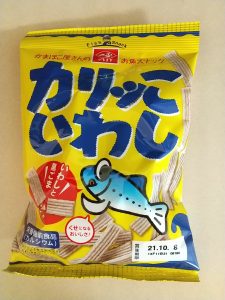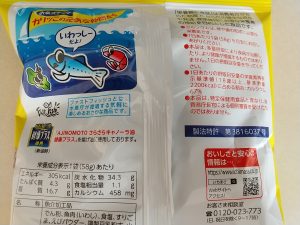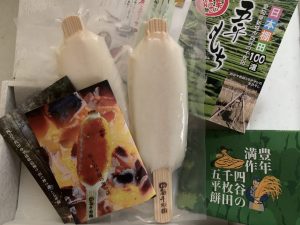When a year and a half is passed since the filing of a patent application, a publication bulletin is issued, and everyone can know the contents of the application. It was on January 16, 2020 that the first infection of the new coronavirus was confirmed in Japan. After that, the latter half of January and February 2020 was the beginning of the Corona disaster. A patent from just that time has recently been published. (As of September 16, 2021, patent applications with filing dates up to around March 6, 2020 have been published, with exceptions such as early publication.)
So, I checked to see if there were any patent applications that were the first to describe terms such as “Three Cs,” “Social Distance,” “refrain from going out,” “stay home,” and “unnecessary and nonurgent,” which have come to be used a lot in the Corona disaster, but I could not find any. Based on the tendency of utility model bulletins to be published within three or four months of filing, we can guess that corona-related terms began to be included in application specifications probably from applications filed around April 2020.
So, when I was looking at the search screen to see what applications had been filed around February 2020, I happened to see an application by GURUNAVI INC. for “information processing system, information processing method, and program”. GURUNAVI INC. is a company that operates the GURUNAVI website, which accepts restaurant reservations and delivery orders.
GURUNAVI INC. has been consistently filing patent applications related to information processing for some time now; from 2017 to 2019, the company filed about 70 applications per year, an average of 5 to 6 per month. In contrast, I was curious to see that 12 applications were filed in the month from January 23 to February 21, 2020, which is double the average of the previous year. It may not be directly related to Corona, but was there any strategy behind it? I can only guess now, a year and a half later, that each company must have been thinking of various strategies in the early days of the Corona disaster. (Conan)



